
10352 Trask Ave Unit C Garden Grove CA 92843

qbuilders91@gmail.com

10352 Trask Ave Unit C Garden Grove CA 92843

qbuilders91@gmail.com
Have You Any Quires?

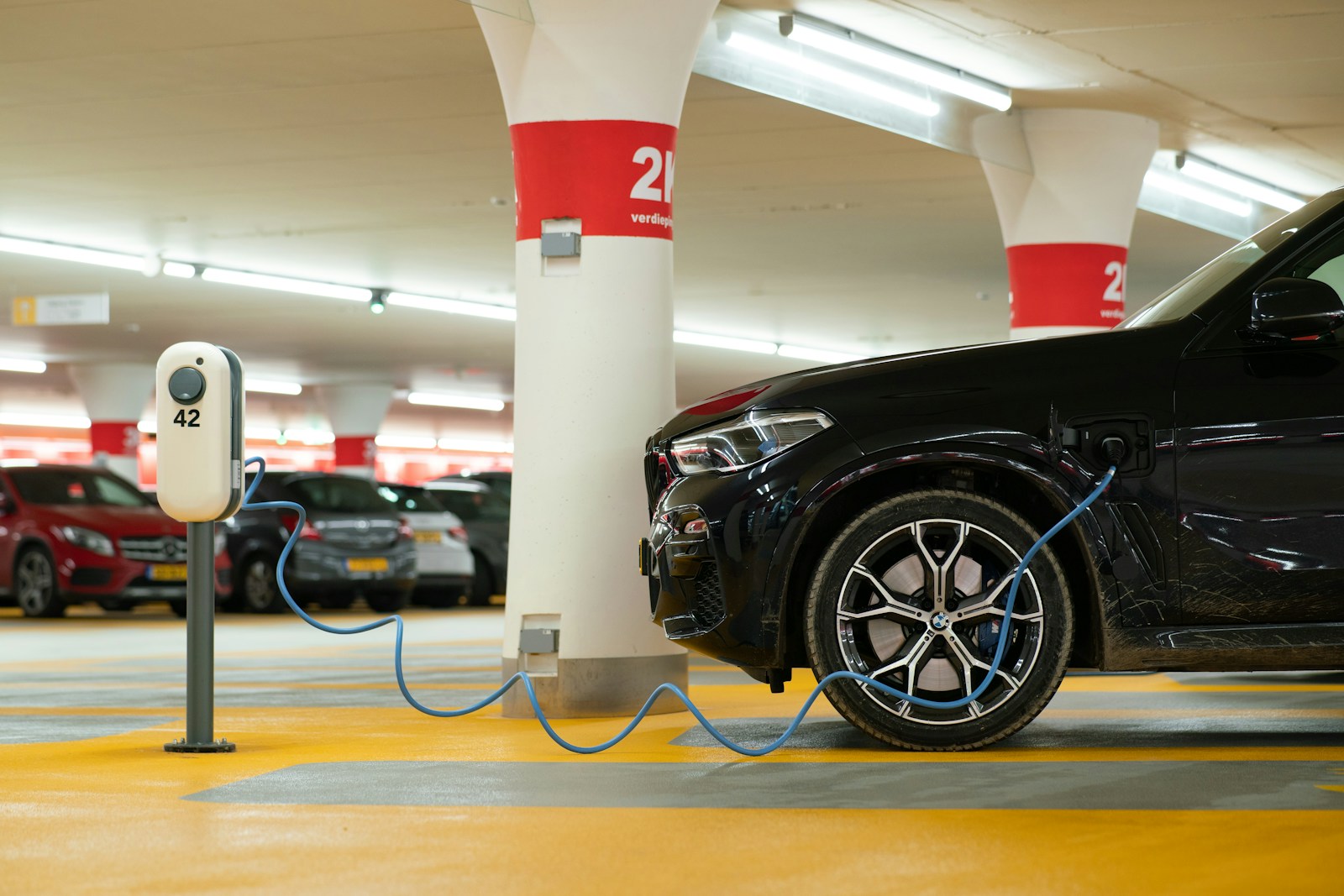
Are you curious about the “green” cars that are becoming increasingly common on our roads? When it comes to electric vehicles, you might have heard terms like HEV, PHEV, or BEV. Don’t worry if you find them a bit confusing! This article will help you explore the world of electric vehicles in a simple and easy-to-understand way, even if this is your first time learning about them.
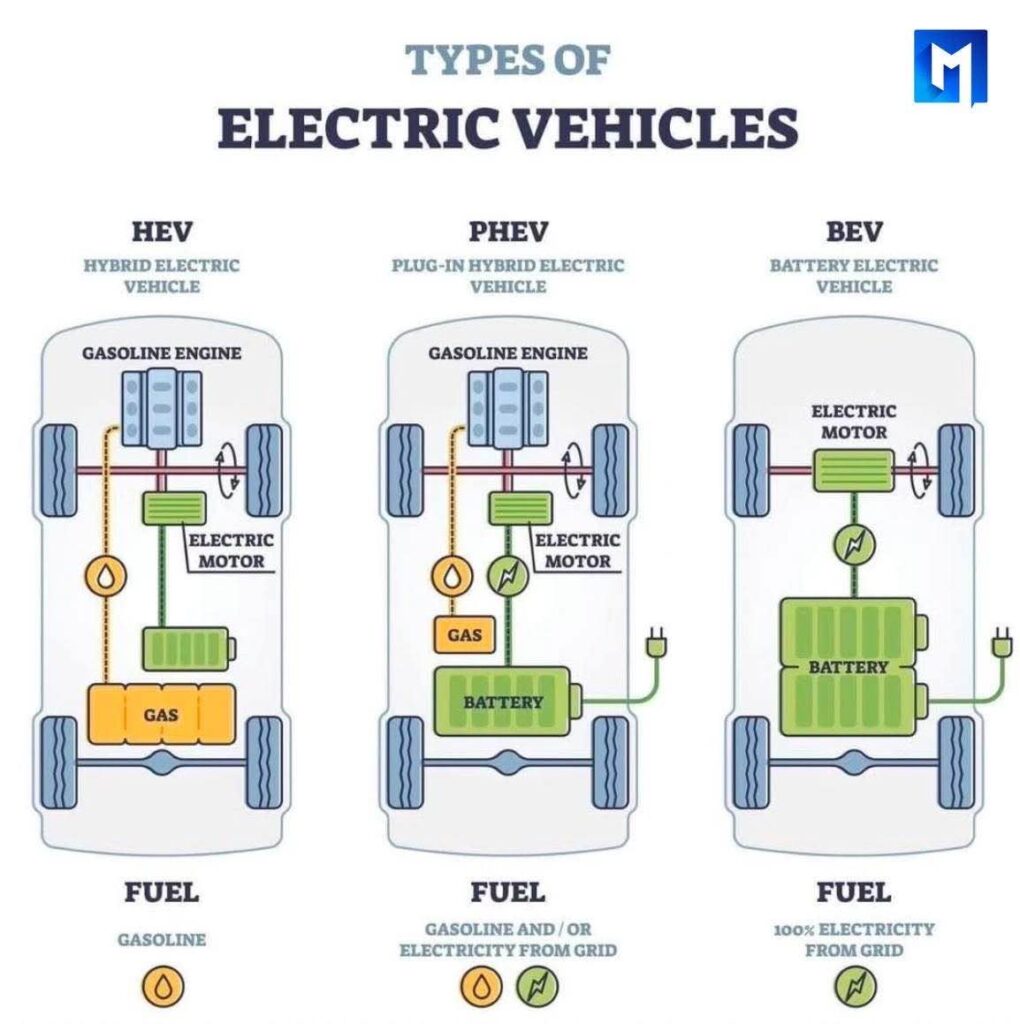
An HEV, or Hybrid Electric Vehicle, is a unique combination of a traditional gasoline engine and a small electric motor. Think of it like an athlete getting a little extra boost from another energy source. The special thing about an HEV is its powertrain, where both the gasoline engine and the electric motor work together. These vehicles use a small battery that cleverly recharges itself when you brake or when the gasoline engine is running. The main source of power for an HEV is still gasoline, with the electric motor and battery primarily assisting to make the car more fuel-efficient and reduce emissions. You don’t need to plug in this type of car, as it automatically recharges its battery while you drive. Typically, an HEV will run mainly on its gasoline engine, but when you need a little extra acceleration or are driving at low speeds, the electric motor will kick in to help, saving you gas and being kinder to the environment. Sometimes, an HEV can even run purely on electric power for a short distance at very low speeds, but this capability is limited. Good examples of HEVs include the Toyota Prius (HEV version) and the Honda Accord Hybrid.
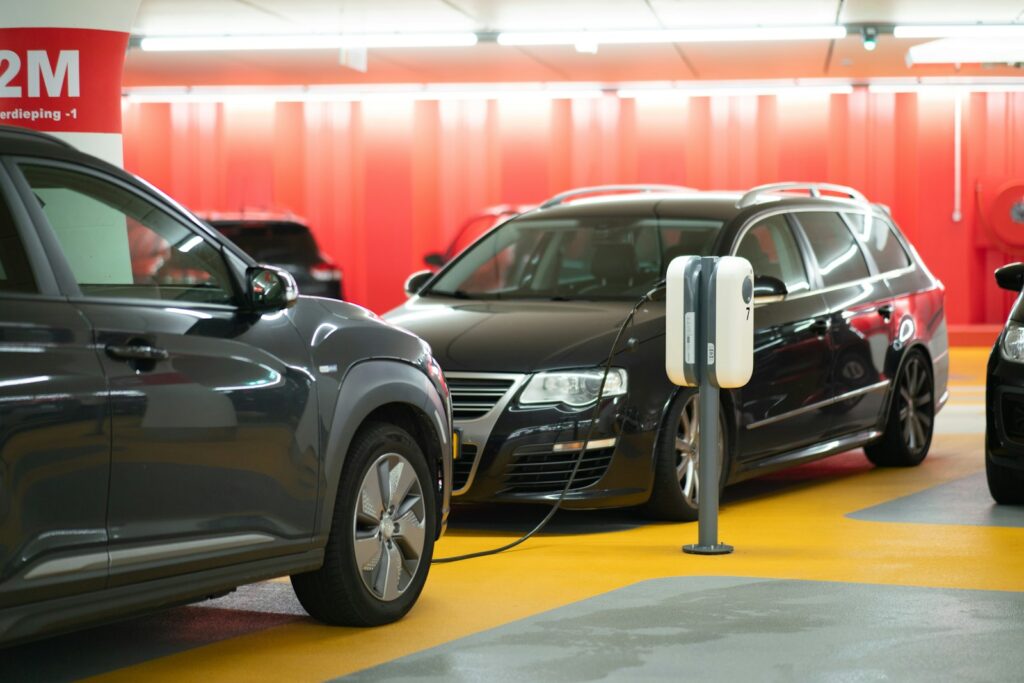
A PHEV, or Plug-in Hybrid Electric Vehicle, is also a “both gas and electric” car, but the key difference is that it has a significantly larger battery, and you can actually plug it in to charge, just like you would charge your phone. Similar to an HEV, a PHEV uses both a gasoline engine and an electric motor, but the electric motor in a PHEV is usually more powerful. Thanks to its larger battery, a PHEV can travel a considerable distance on electricity alone, often between 20 to 50 miles (or 30 to 80 kilometers), helping you save on fuel and reduce emissions during your daily commutes. The power source for a PHEV is a combination of both gasoline and electricity, allowing you to prioritize using electric power first, and when the battery runs out, the car will automatically switch to using the gasoline engine to continue your journey. A major advantage of a PHEV is its ability to be charged from an external power source, whether it’s an outlet at home or a public charging station, in addition to partially recharging through regenerative braking. This provides great flexibility in how you use the vehicle. Typical examples of PHEVs are the Toyota Prius Prime (PHEV version) and the Mitsubishi Outlander PHEV.
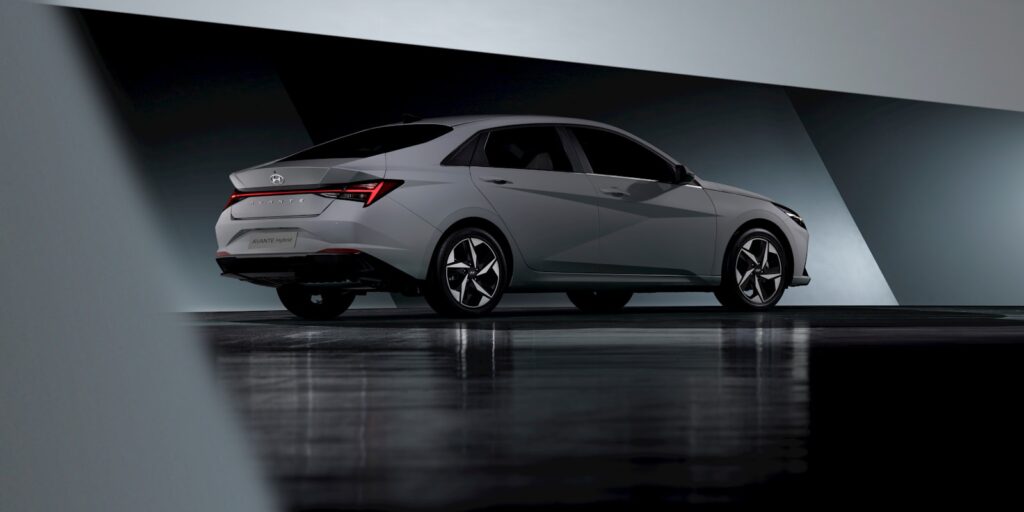
A BEV, or Battery Electric Vehicle, is a car that runs entirely on electricity, with no gasoline engine whatsoever. These are the “pure electric” cars you often see on the market. The defining feature of a BEV is its powertrain, which consists of only an electric motor. The car’s energy is supplied by a large battery pack, which serves as its sole “fuel” source. Unlike HEVs and PHEVs, a BEV must be charged by plugging it into an external power source, such as an outlet at home, a public charging station, or a fast charger. While BEVs also have a regenerative braking system to recover some energy, they cannot fully recharge their battery like hybrid vehicles. The biggest advantage of a BEV is that it produces zero tailpipe emissions, making it very environmentally friendly. The distance a BEV can travel on a single charge depends on its battery capacity, and nowadays, many models can go anywhere from around 150 miles to over 400 miles (or 240 kilometers to over 640 kilometers). Common examples of BEVs include the Tesla Model 3, Nissan Leaf, and Chevrolet Bolt.
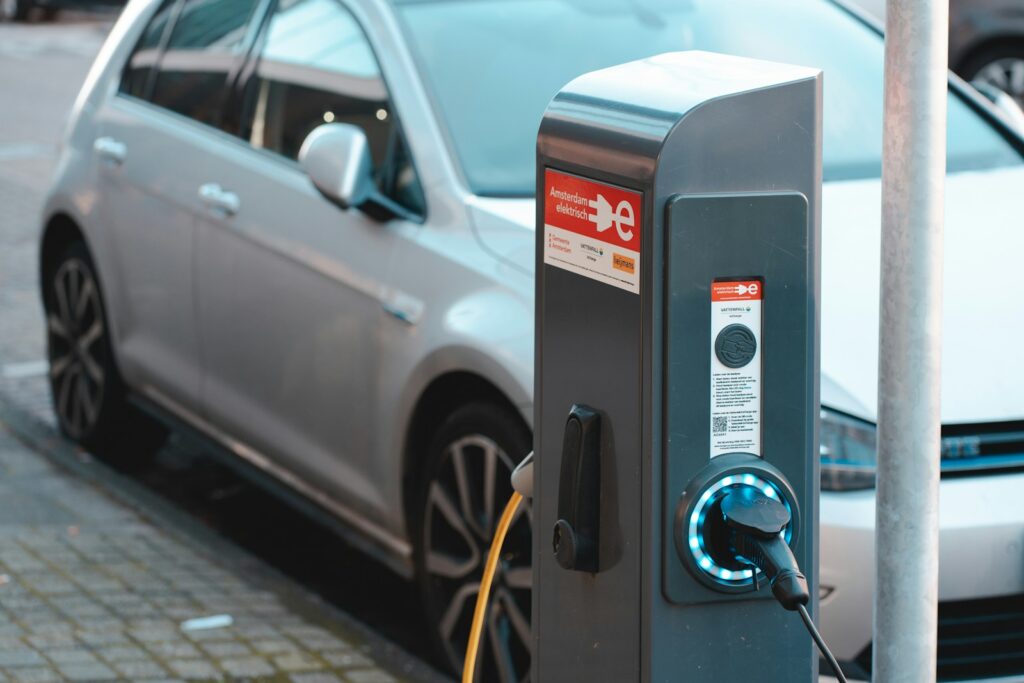
Choosing the best type of electric vehicle for you really depends on your individual needs and circumstances. If you want a car that’s more fuel-efficient than a traditional gasoline car without the hassle of plugging in, an HEV might be a good fit. If you often drive short distances in the city and want to maximize the benefits of electric driving to save on fuel costs, but still want the peace of mind of a gasoline engine for longer trips, a PHEV would be a worthwhile consideration. And if you prioritize a completely “green” car with lower running costs and typically drive within the vehicle’s electric range, with easy access to charging stations, then a BEV is likely the ideal choice. Take some time to think about your driving habits, budget, and access to charging infrastructure to make the most informed decision for your future electric vehicle.